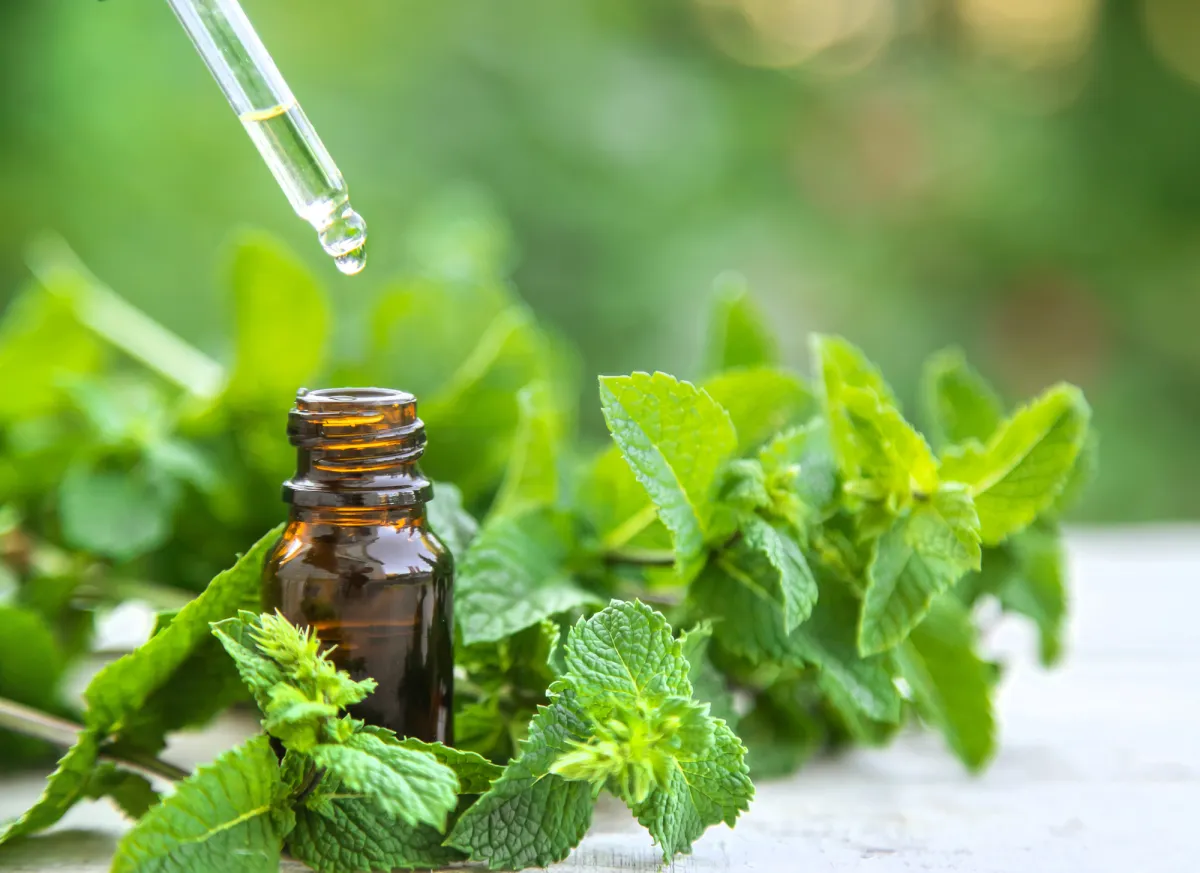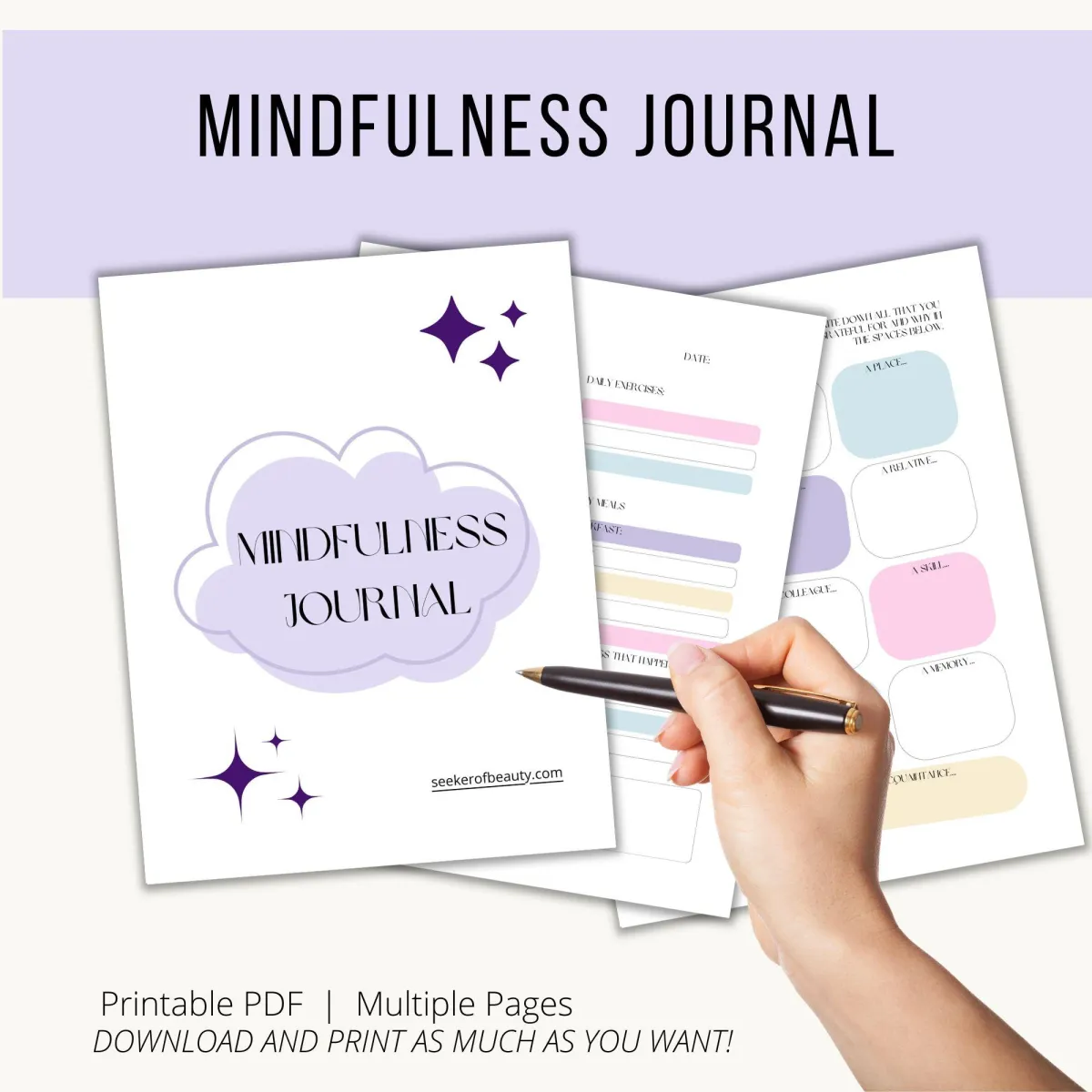
Discovering Peppermint Essential Oil: Health and Personal Care Applications
Peppermint essential oil, with its invigorating aroma and myriad of health benefits, has been cherished for centuries. From ancient civilizations to modern times, peppermint has been celebrated for its refreshing scent and versatile applications. This aromatic oil is not only a popular ingredient in aromatherapy but also a staple in personal care products, food flavoring, and traditional medicine. In this article, we’ll explore the fascinating history of peppermint essential oil, its numerous health and wellness benefits, and how you can incorporate this powerhouse oil into your daily routine for a healthier, more vibrant life.
History
Peppermint has a long history of use, dating back thousands of years. Here’s a brief overview of its use and cultivation:
Ancient Times: Peppermint is believed to have originated in the Mediterranean region. It has been used in ancient Egyptian, Greek, and Roman cultures for its medicinal properties. The ancient Egyptians used it for its digestive benefits, while the Greeks and Romans used it to flavor food, as a fragrance, and for its therapeutic properties.
Middle Ages: Peppermint continued to be used throughout the Middle Ages in Europe. It was often grown in monastery gardens for its medicinal properties and was used to treat a variety of ailments, including indigestion, headaches, and colds.
18th Century: Peppermint began to be cultivated more widely in England in the 18th century. It was used in traditional medicine for its digestive and calming properties.
19th Century: The use of peppermint essential oil became more widespread in the 19th century, particularly in the United States. It was used as a remedy for digestive issues, respiratory problems, and headaches.
Modern Times: Peppermint essential oil is now used worldwide for its numerous health and wellness benefits. It is commonly used in aromatherapy, as well as in personal care products, food flavoring, and traditional medicine.
Today, peppermint essential oil is one of the most popular essential oils due to its refreshing scent and versatile uses. It continues to be valued for its various health benefits and is used in a wide range of products, from toothpaste to massage oils.
How it is Made
Peppermint essential oil is extracted from the leaves of the peppermint plant through a process called steam distillation. First, the leaves are harvested and dried to remove excess moisture. Then, they are placed in a still, where steam is passed through the plant material. The steam causes the oil in the plant’s glands to evaporate, carrying the essential oil molecules with it. The steam and oil vapor are then condensed back into liquid form, with the oil floating on top of the water. The oil is then separated from the water and collected, resulting in pure peppermint essential oil. This process ensures that the oil retains its natural properties and fragrance, making it a valuable ingredient in aromatherapy and natural health products.
Medicinal Benefits
Peppermint essential oil is renowned for its medicinal properties, offering a natural and effective solution for a variety of health issues. It has long been used to alleviate digestive problems such as indigestion, bloating, and stomach cramps. The oil’s menthol content provides a cooling sensation that can help relieve headaches and migraines when applied topically. Peppermint oil also has decongestant properties, making it effective in clearing the respiratory tract and relieving symptoms of colds, coughs, and sinus congestion. Additionally, its analgesic and anti-inflammatory properties make it a popular choice for relieving muscle and joint pain. Overall, peppermint essential oil is a versatile remedy that can help address a wide range of health concerns in a natural and gentle way.
Personal Care Benefits
Peppermint essential oil offers a wide range of benefits for personal care. Its cooling and soothing properties make it a popular ingredient in skincare products, where it can help reduce redness, calm irritation, and promote a clear complexion. Peppermint oil is also known for its ability to stimulate hair growth and improve the health of the scalp, making it a common addition to hair care products. Its refreshing scent and antibacterial properties make it an ideal ingredient for natural deodorants and foot creams, helping to combat odors and keep skin feeling fresh. Additionally, the invigorating aroma of peppermint oil can help uplift and energize the mind, making it a popular choice for aromatherapy and mood-boosting products.
Care should always be taken when using any essential on your skin. Peppermint essential oil is potent and should be used with caution, especially when applying it to the skin. Here are some precautions to keep in mind:
Dilution: Peppermint oil should always be diluted with a carrier oil, such as coconut oil or almond oil, before applying it to the skin. A safe dilution ratio is typically 1-2 drops of essential oil per teaspoon of carrier oil.
Patch Test: Before using peppermint oil on a larger area of the skin, perform a patch test to check for any allergic reactions or skin sensitivities. Apply a small amount of diluted oil to a small area of skin and wait 24 hours to see if there is any reaction.
Avoid Sensitive Areas: Peppermint oil can be irritating to sensitive areas of the skin, such as the eyes, mucous membranes, and open wounds. Avoid applying it to these areas.
Sun Sensitivity: Some essential oils, including peppermint oil, can increase sensitivity to sunlight. Avoid sun exposure for at least 12 hours after applying peppermint oil to the skin.
Pregnancy and Children: Pregnant women and young children should use peppermint oil with caution. It’s best to consult with a healthcare professional before using it.
Storage: Store peppermint oil in a cool, dark place, away from direct sunlight and heat, to maintain its potency.
By following these precautions, you can safely enjoy the benefits of peppermint essential oil for your skin.
Blending Ideas
Peppermint essential oil blends well with a variety of other essential oils, creating delightful and beneficial combinations. Some of the essential oils that mix well with peppermint include:
Lavender: A soothing and calming combination, great for relaxation and stress relief.
Eucalyptus: Creates a refreshing and invigorating blend, perfect for respiratory support.
Lemon: Adds a bright and uplifting citrus scent, ideal for enhancing mood and energy.
Tea Tree: Combines with peppermint for a refreshing and cleansing blend, great for skin care.
Rosemary: Enhances mental clarity and focus when combined with peppermint, ideal for studying or work.
Frankincense: Creates a grounding and spiritually uplifting blend, perfect for meditation or yoga.
Bergamot: Adds a sweet and fruity aroma, great for uplifting mood and reducing anxiety.
These are just a few examples, and there are many other essential oils that can be combined with peppermint to create unique and beneficial blends. Experimenting with different combinations can help you find the perfect blend for your needs.
Tips for Using Peppermint Essential Oil
Aromatherapy: Add a few drops of peppermint oil to a diffuser to enjoy its invigorating aroma and promote a sense of alertness and focus.
Topical Use: Dilute peppermint oil with a carrier oil, such as coconut oil or almond oil, and apply it to the skin to help soothe sore muscles, alleviate headaches, or improve digestion.
Inhalation: Inhale peppermint oil directly from the bottle or add a few drops to a bowl of hot water for steam inhalation. This can help clear nasal congestion and relieve respiratory issues.
Massage: Mix peppermint oil with a carrier oil and use it for a refreshing and invigorating massage, especially on tired or achy muscles.
Hair Care: Add a few drops of peppermint oil to your shampoo or conditioner to stimulate the scalp, promote hair growth, and add a refreshing scent to your hair.
Natural Bug Repellent: Peppermint oil can be used as a natural insect repellent. Dilute it with water and spray it on your skin before heading outdoors.
Cooking: Use a drop or two of peppermint oil in recipes that call for peppermint flavoring, such as desserts, beverages, or savory dishes.
Mouthwash: Add a drop of peppermint oil to a glass of water and use it as a refreshing and antiseptic mouthwash.
Remember to always dilute peppermint oil before applying it to the skin and perform a patch test to check for any allergic reactions.
Conclusion
In conclusion, peppermint essential oil is a versatile and powerful oil with a long history of use for health and personal care. From its soothing effects on sore muscles to its refreshing aroma that can uplift the mind, peppermint oil offers a wide range of benefits. Whether used in aromatherapy, skincare, or hair care, peppermint oil is a valuable addition to any natural health and wellness routine. By understanding its benefits and how to use it safely, you can harness the power of peppermint oil to enhance your overall well-being and vitality.

Free Mindfulness Journal
© 2024 Seeker of Beauty built by
sweetsallysscents


Facebook
Instagram